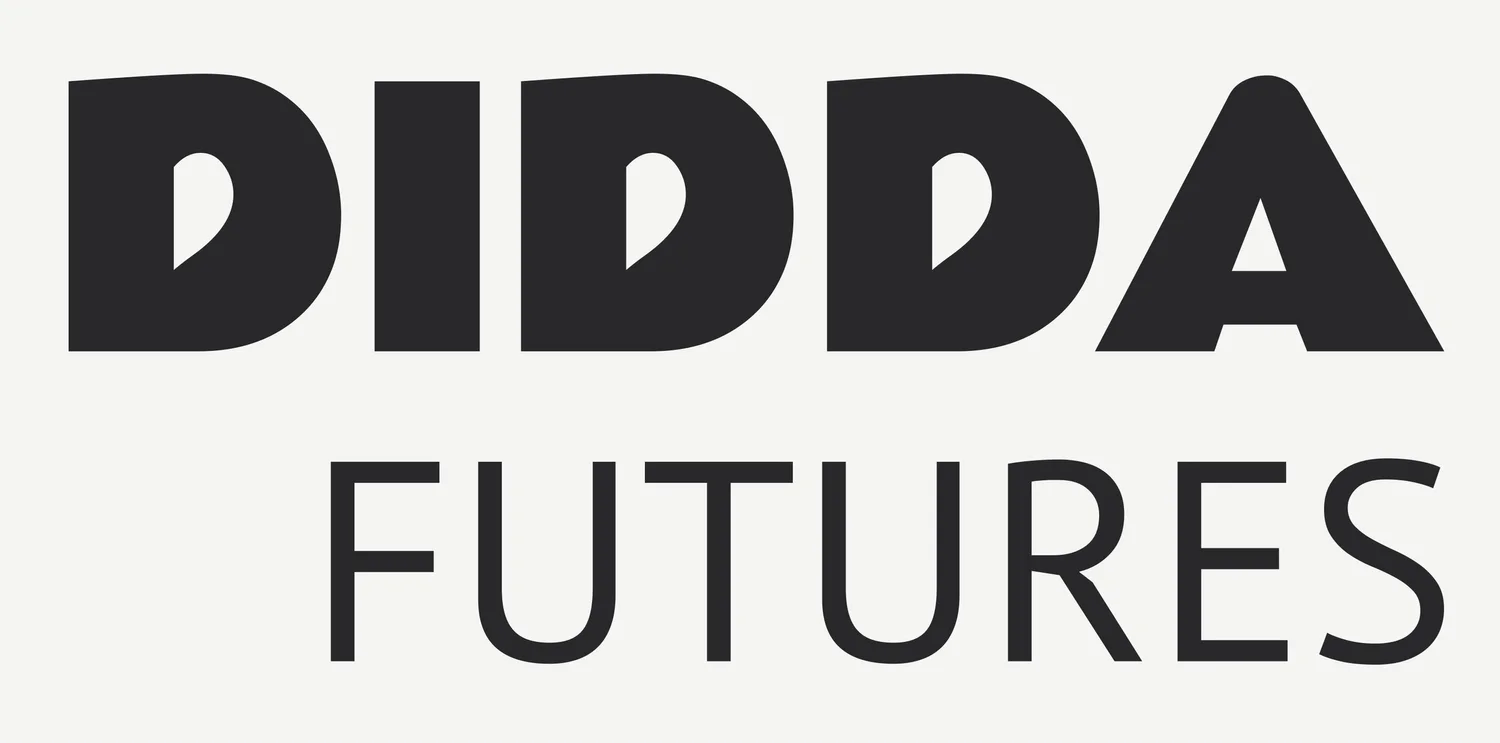Designing shared model
& expectations
Deliver well architected, customer centric services that meet user needs and deliver business intent.
shared design model with shared expectations
At each stage of the Delivery Framework, a cross-enterprise multi-disciplinary team works closely together to design the service. The team includes all impacted areas of the business as well as a strong understanding of the needs of the people who will use the service.
The design model brings different, often competing, views together to make the best outcome. This includes the people who will use the service and those who developed policy.
DEWR has set the same expectations for designers and non-designers to ensure everyone can participate equally to deliver the best services.
Designers have a specialist skillset, but design is a team sport.
Expectations for the team
Have a clear intent
The service has a clear intent written down and endorsed. It includes who will use the service, what the problem is, what the outcomes are and what success look like.
1.
People-centred
People need to use the services we deliver. We take time to understand what people need and we keep this at the centre of our decision making. We know how the change will impact the community and our stakeholders. Our design choices are backed with evidence from relevant research and co-design.
2.
Over collaborate
All impacted areas of the business are part of the design process from the start. Everyone involved acts as an advocate for their business area to make sure we understand how the design works across all channels and teams. Decision makers are invited into the design process.
3.
Make it real
It’s impossible to make the right design and governance decisions if we don’t share an understanding of how a change will work. Blueprints are a must, but use diagrams, storyboards, prototypes and anything else that works to help everyone in the team understand how people will use the service and tricky problems to be solved.
4.
RUn the simulation
The emerging design of the service is regularly talked through from beginning to end to with the whole team; how each step is expected to work, what happens if it fails, potential impacts on people, risks to be managed and problems still to be solved. If at any point the question ‘how?’ can’t be answered, there’s a gap to be solved.
5.
Prove it works
Any changes to a service are tested with the people that will use them as early as possible (this might simply be a draft process). As part of our design loop, we feed what we learn from testing into changes to the design to make sure our services are easy to use and achieve the intent.
6.



